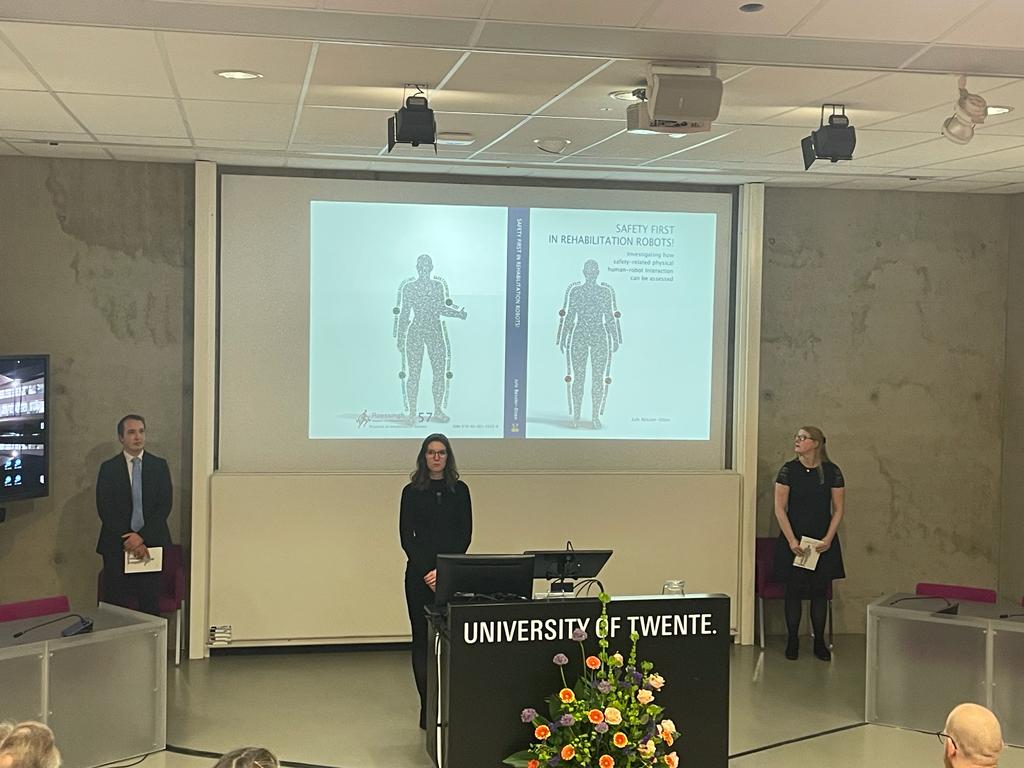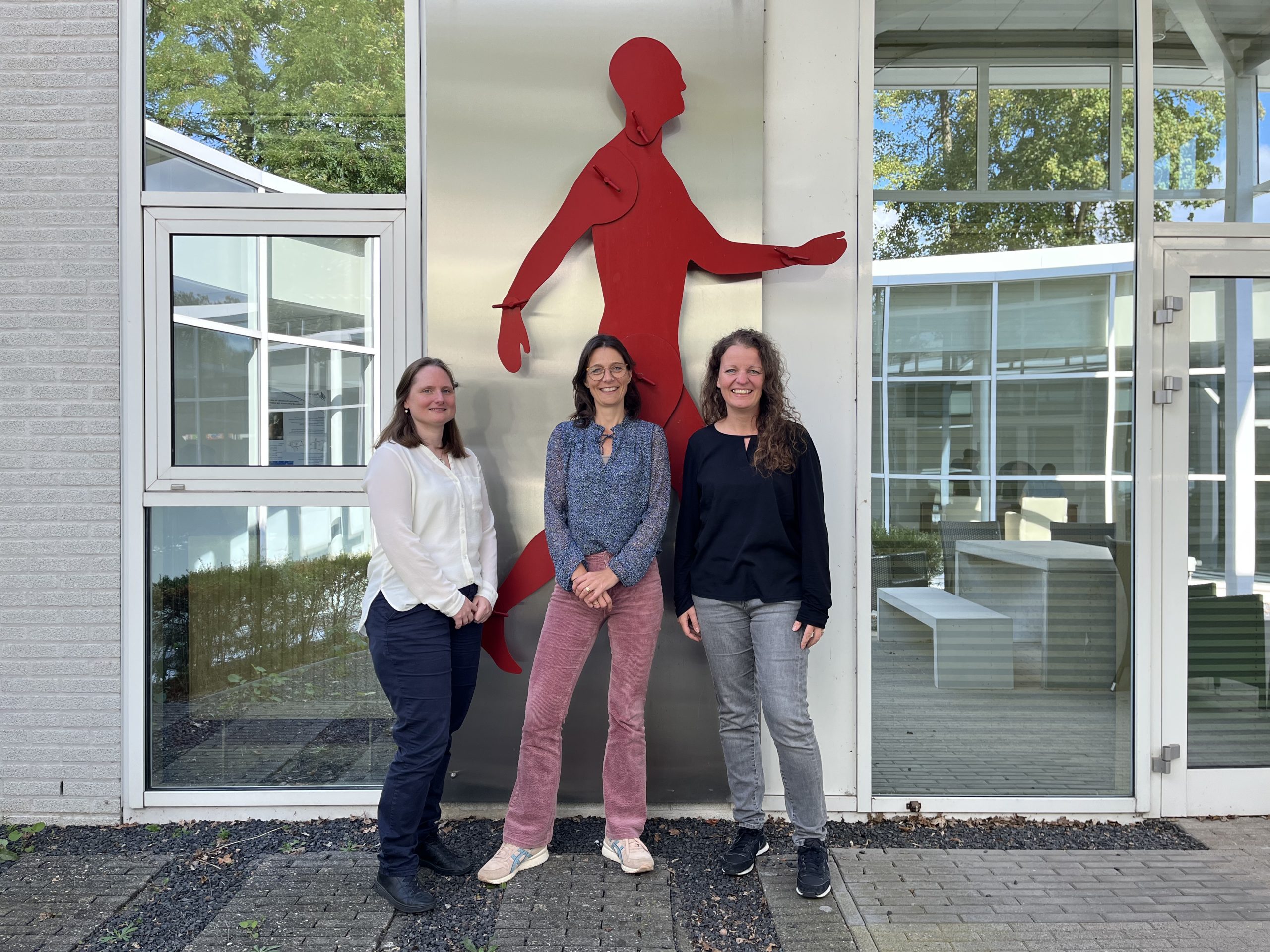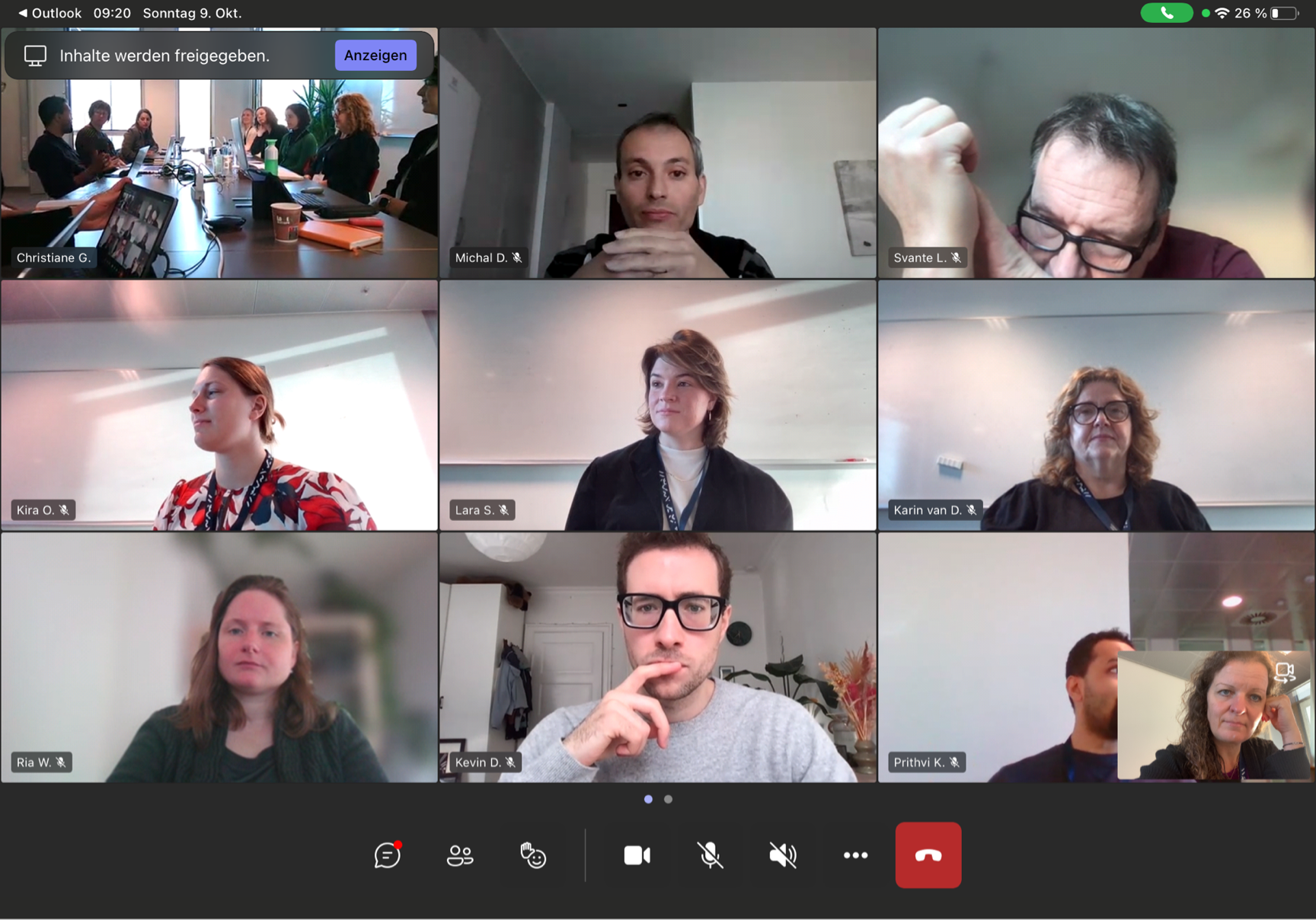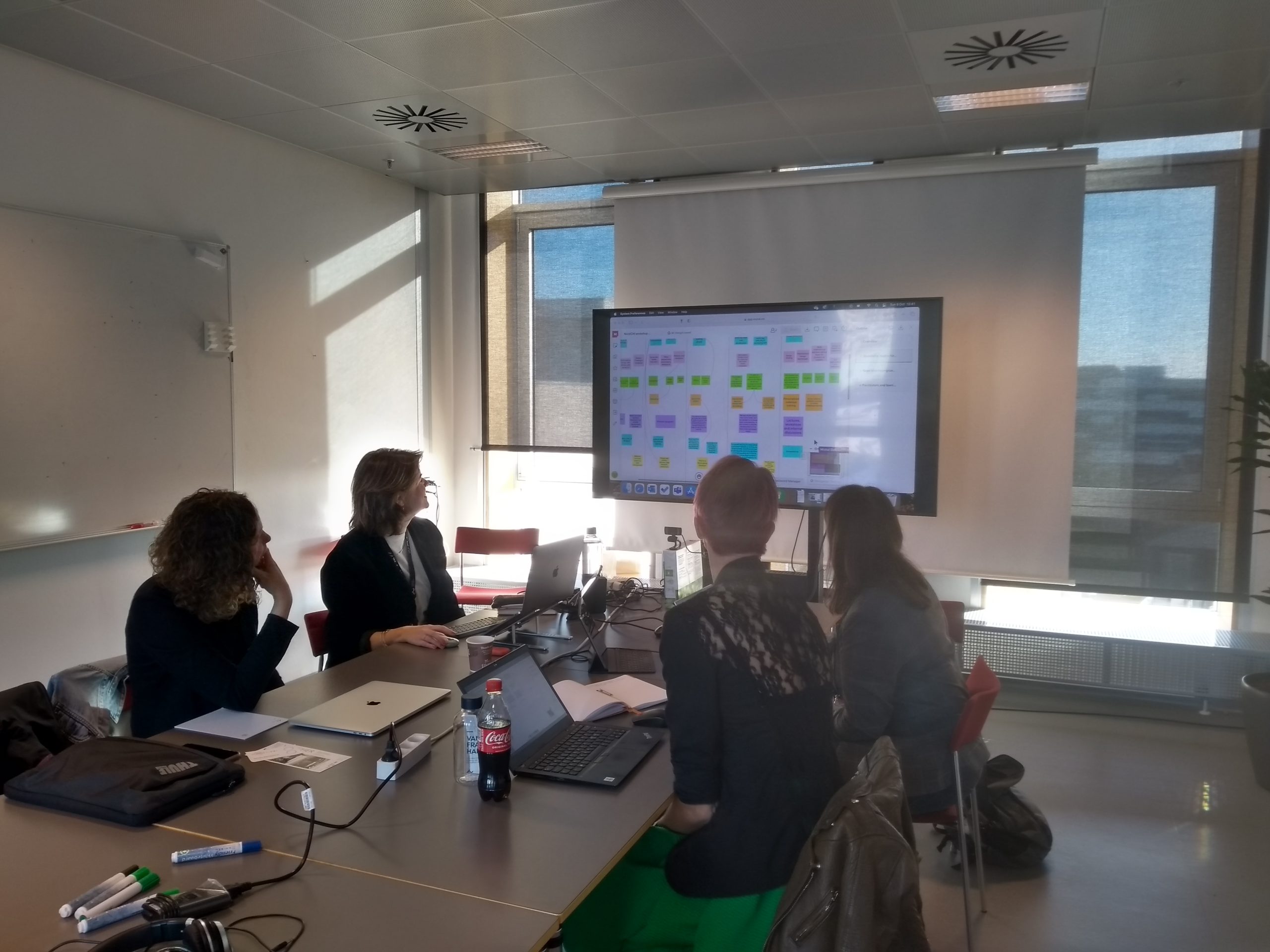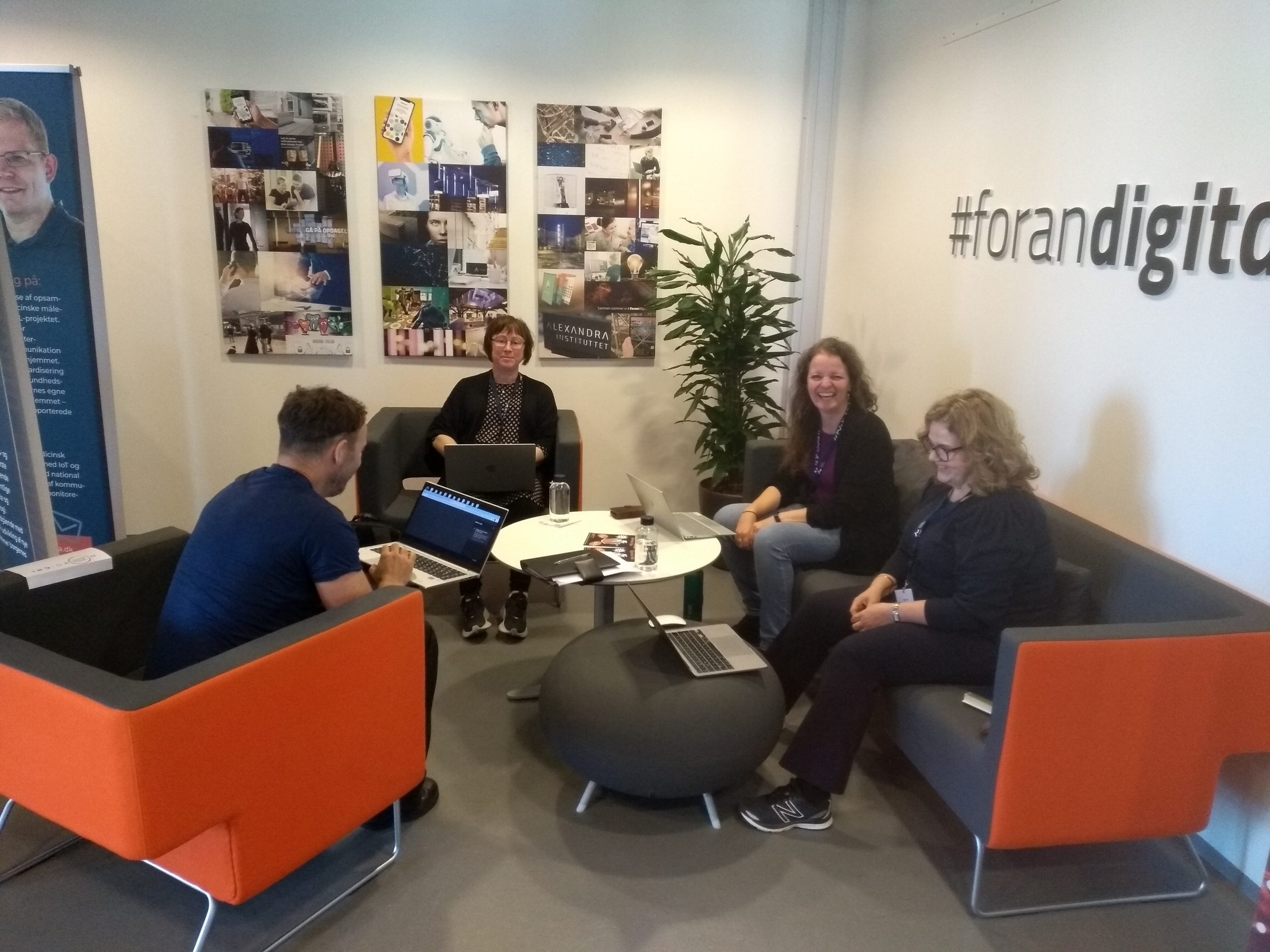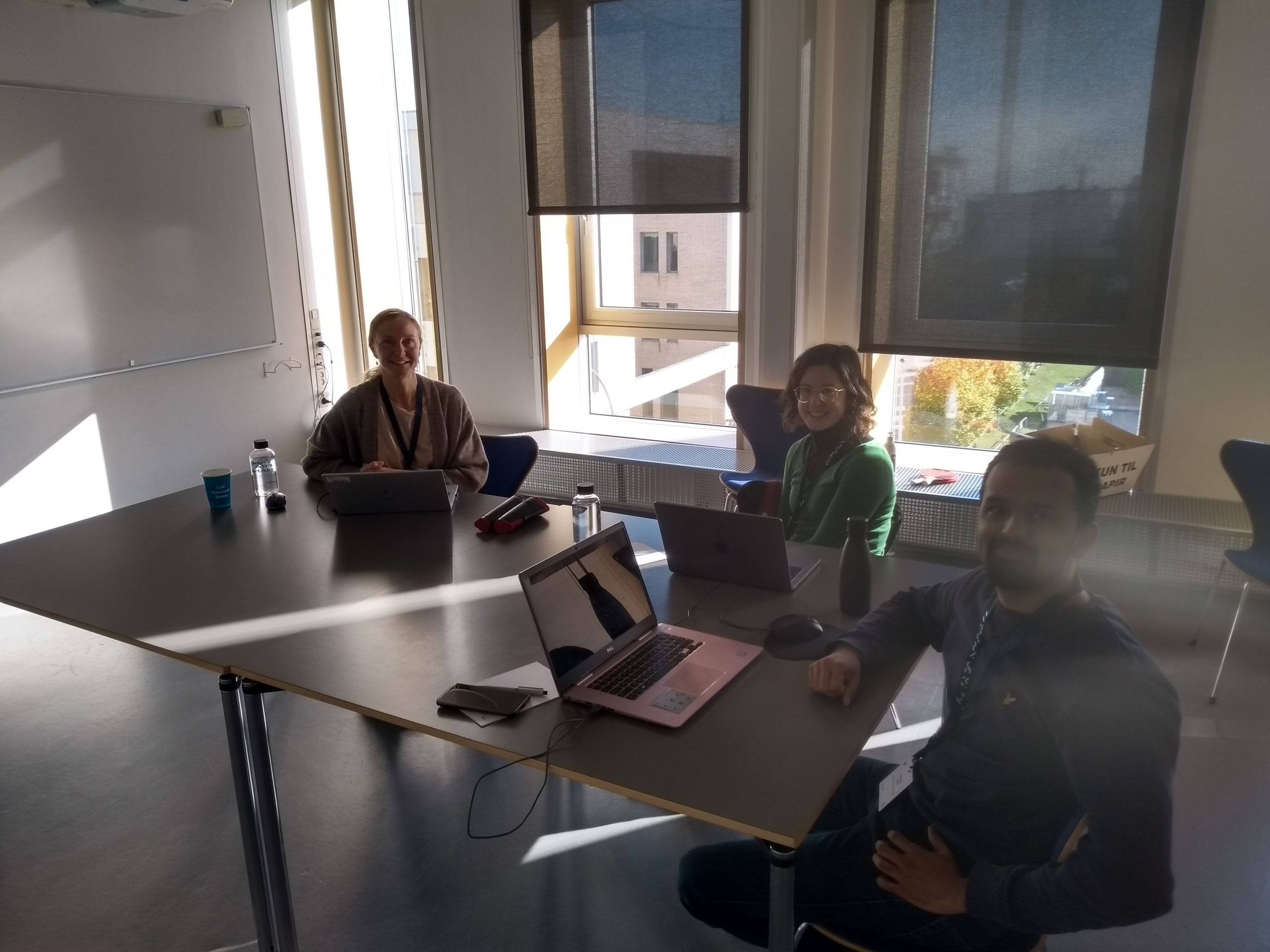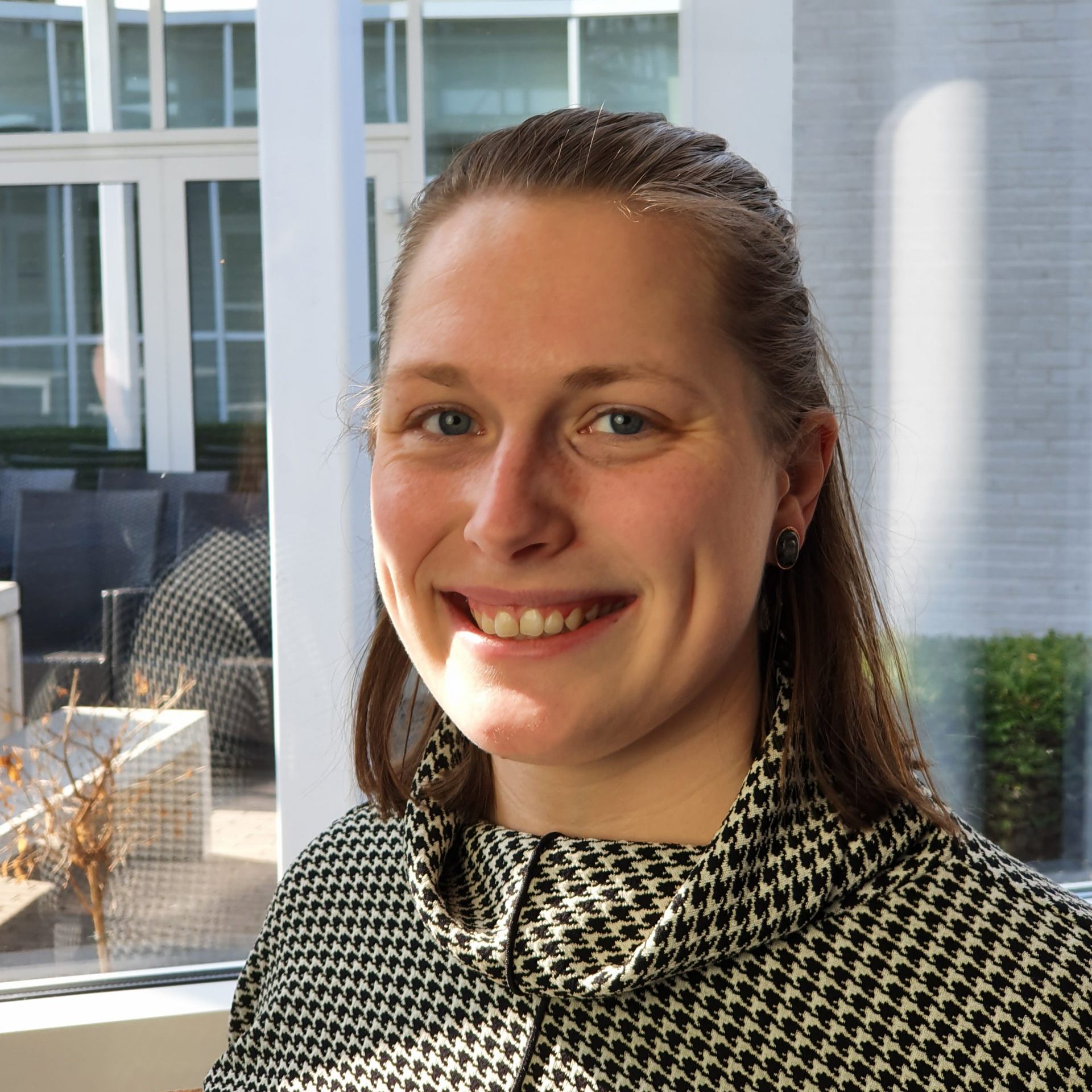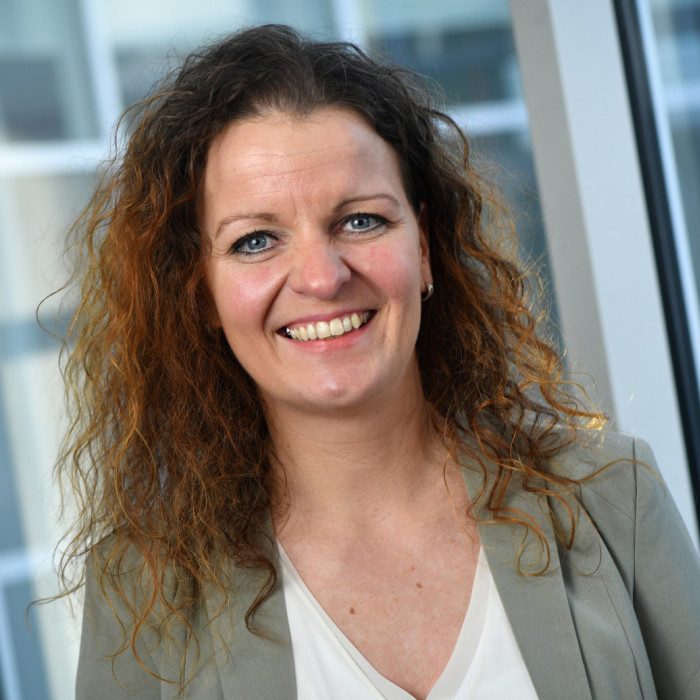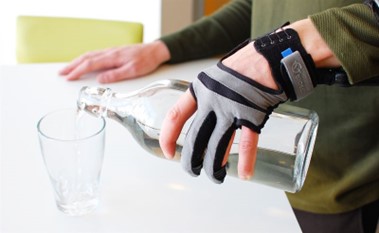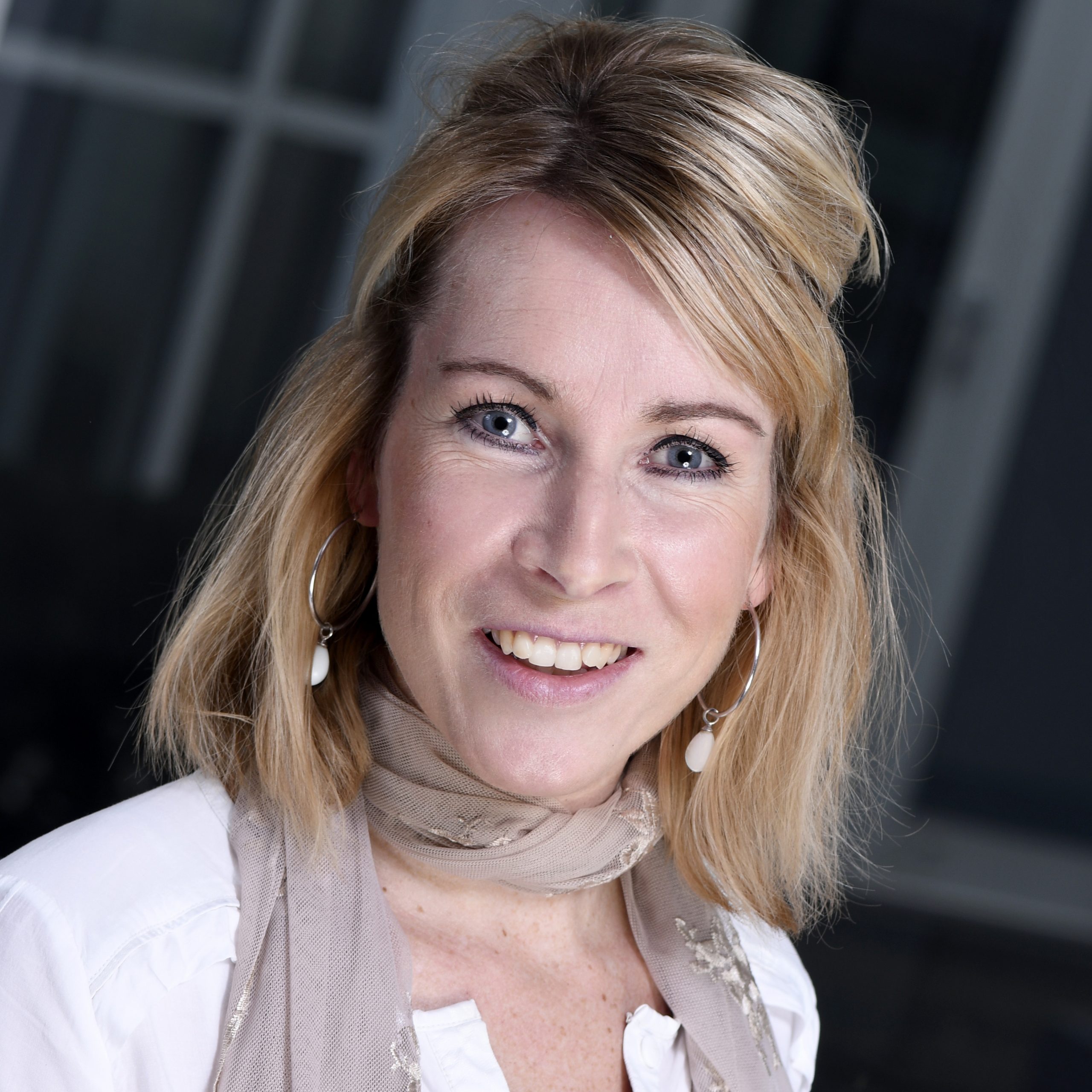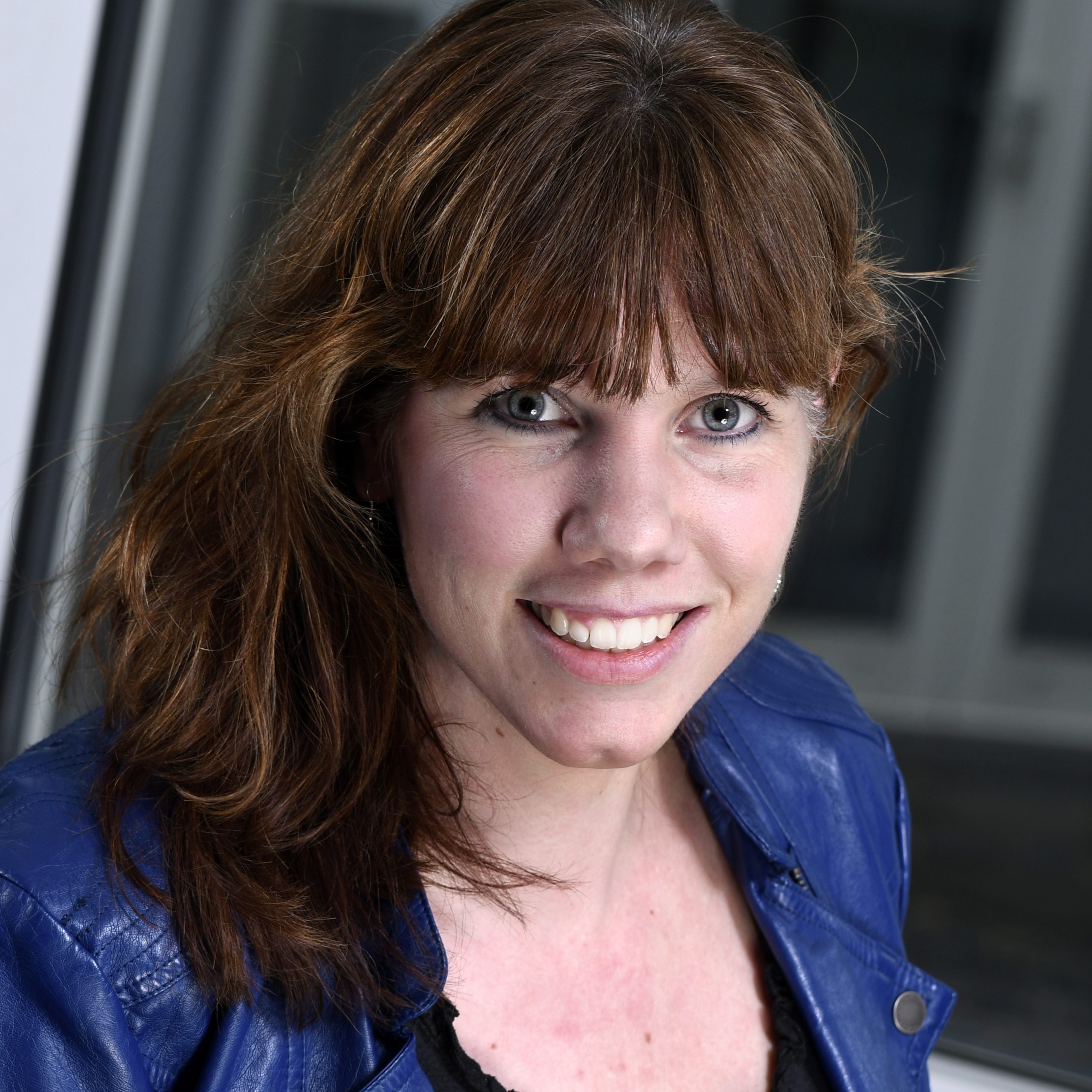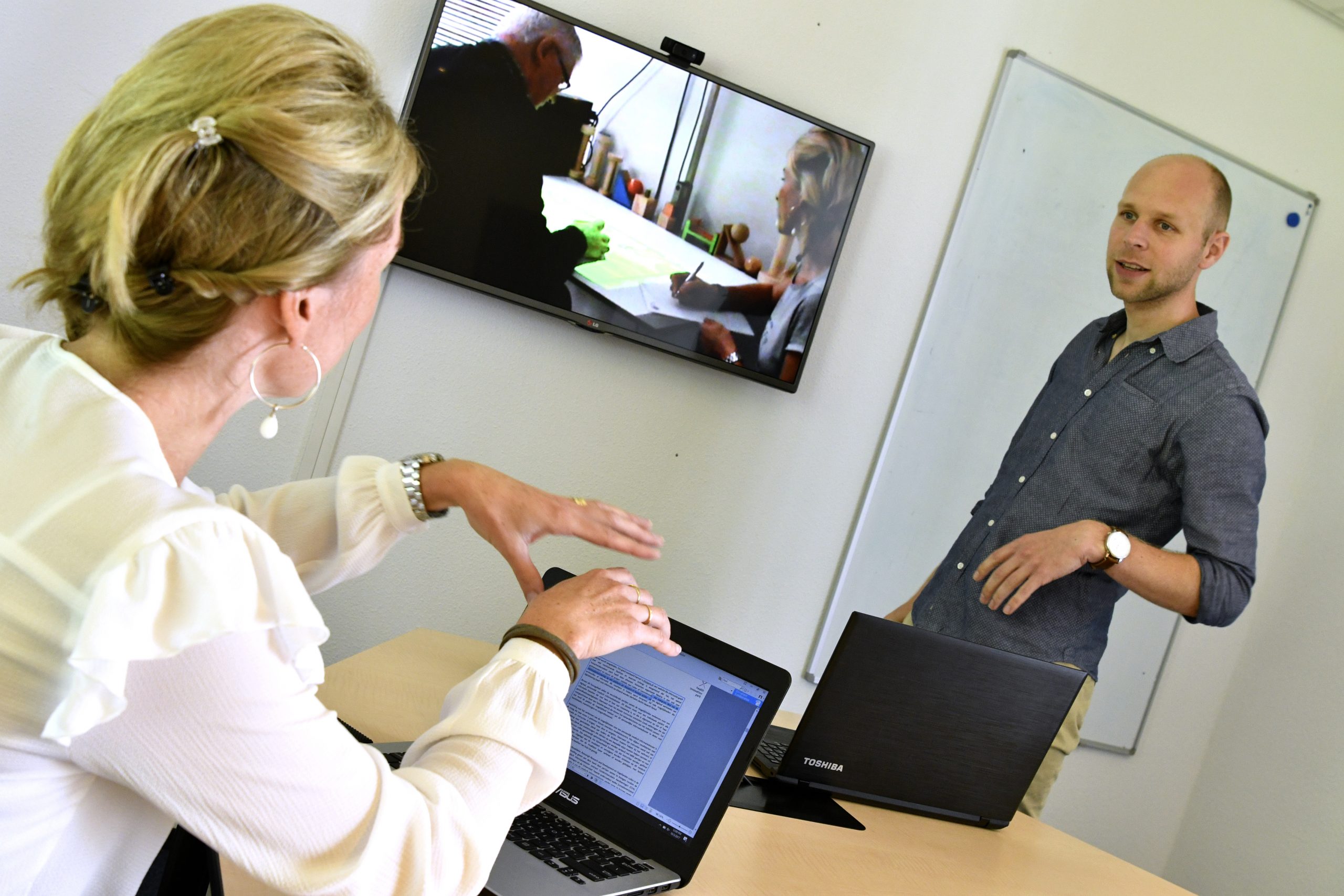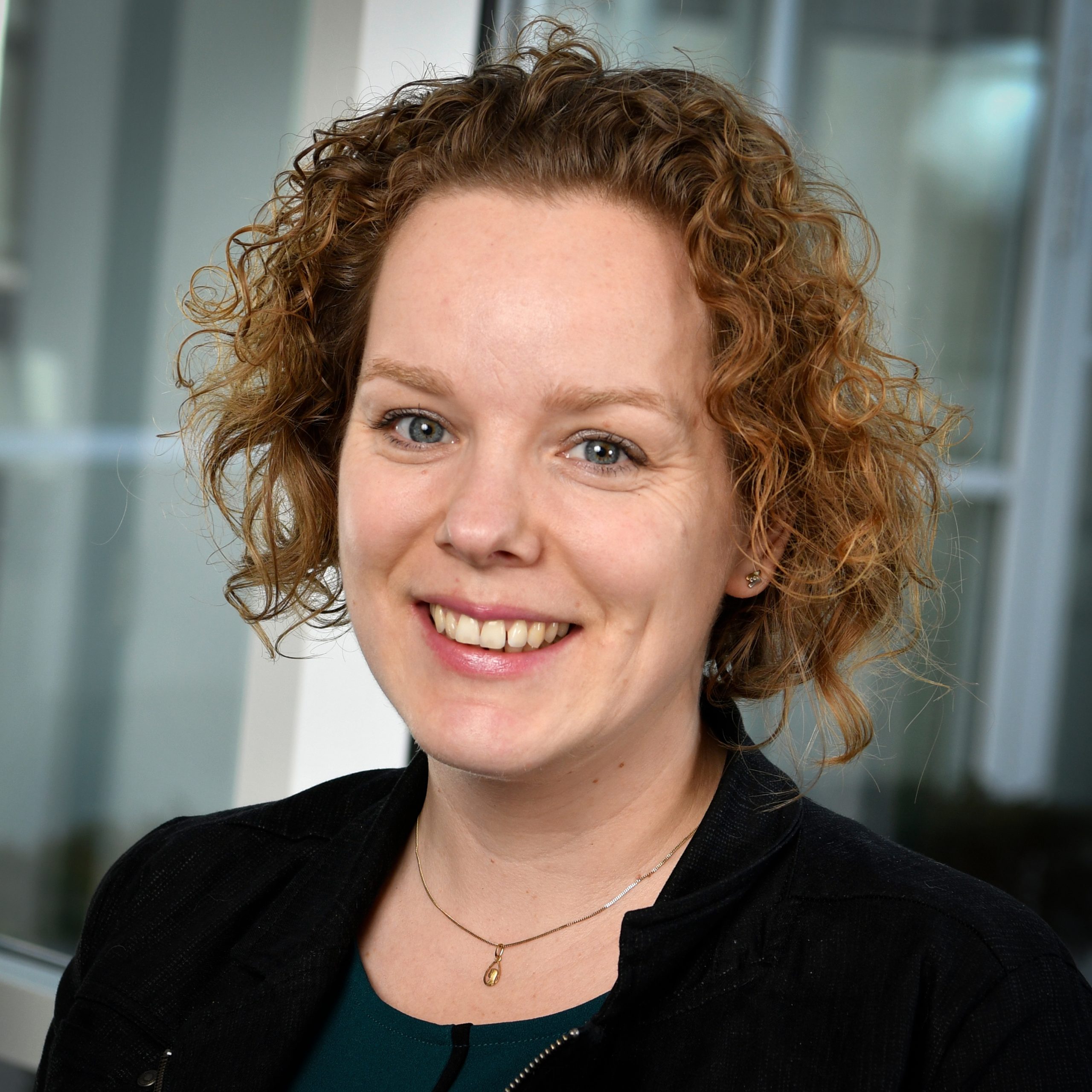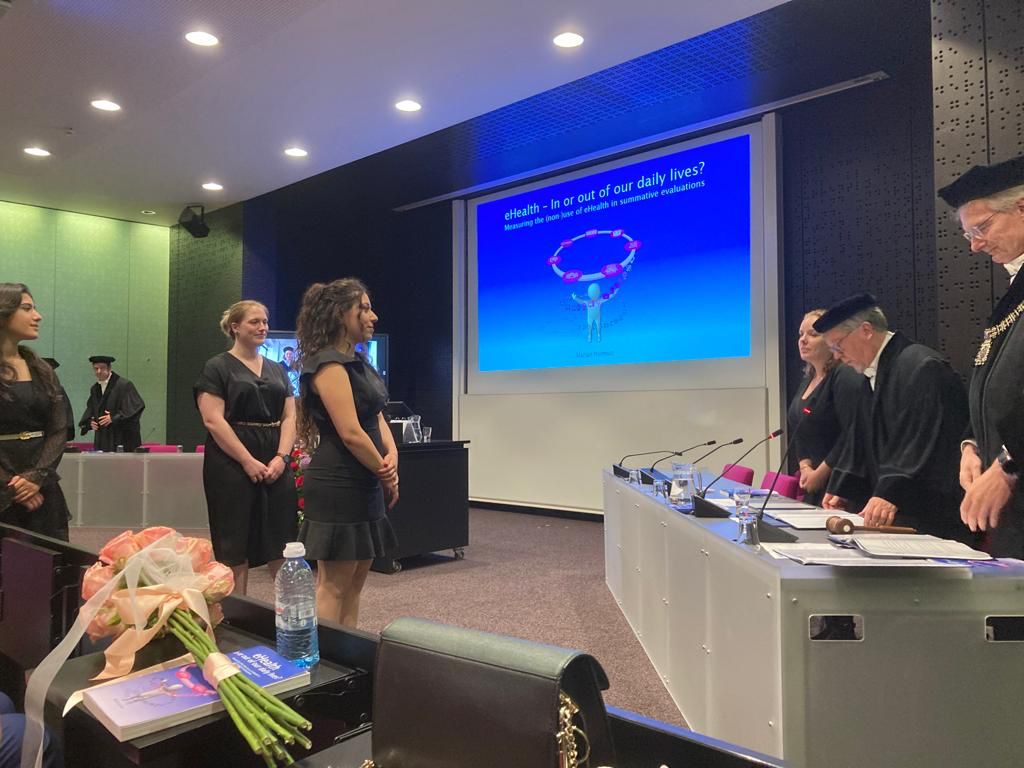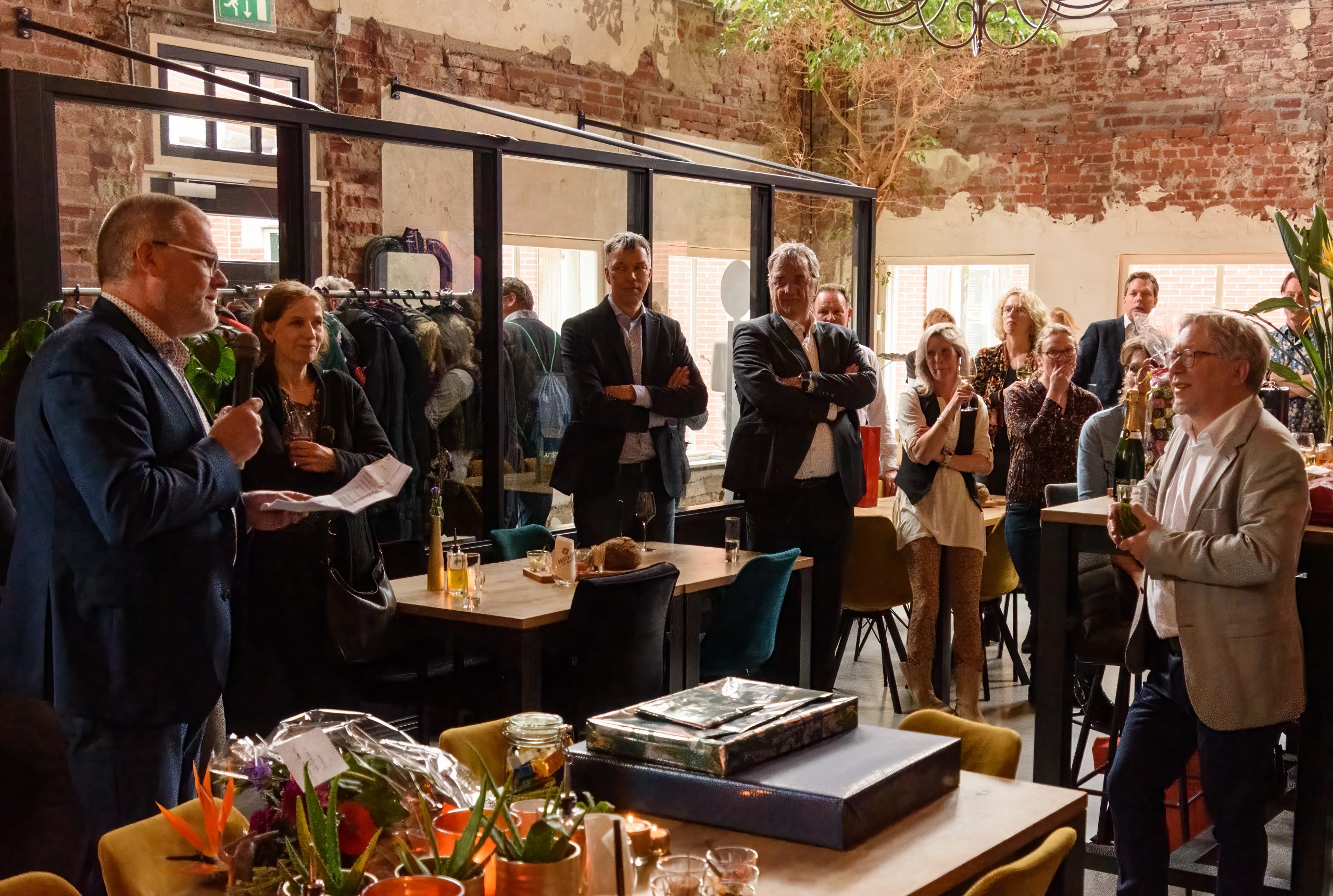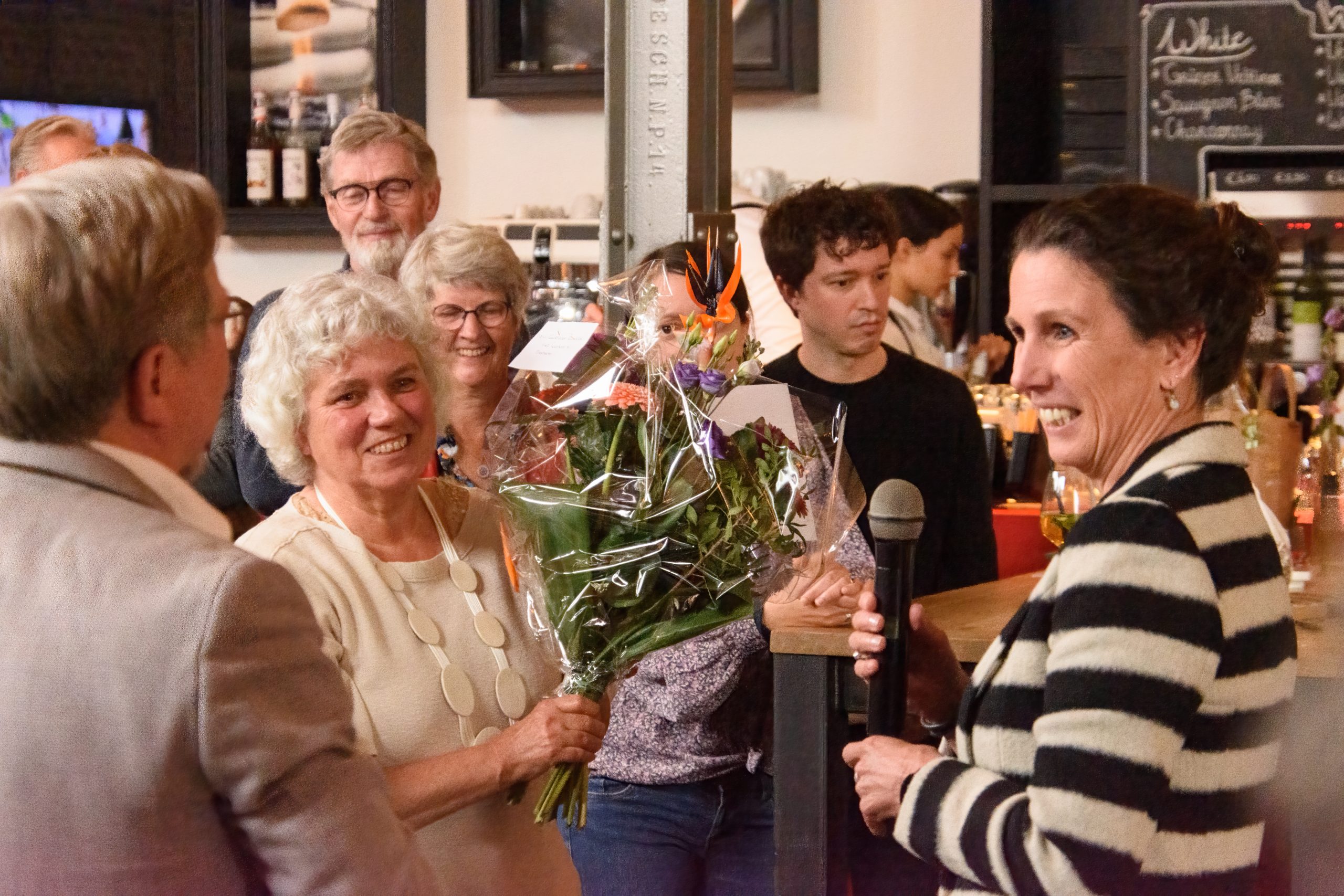Written by: Marian Hurmuz
The first PhD defence of 2023 took place! Jule Bessler defended her PhD thesis “Safety first in rehabilitation robots! Investigating how safety-related physical human-robot interaction can be assessed”. Nowadays, a lot of different robotic devices are (being) developed to be used in rehabilitation care. Such robots interact closely with humans. So, they introduce risks which need to be assessed carefully. But how can we assess this? And what factors do we need to take into account during the assessment? Jule worked on this topic during her PhD. On Thursday the 19th of January, 2023, she defended her PhD thesis, which you can find here.
Her thesis covers the following topics:
- Identifying the most pressing risks and safety issues in rehabilitation robots.
- Identifying factors which may lead to excessive force application to the human body by the robot.
- Studying the proof of concept of a prototype measuring device to assess the force interplay between a human arm and a splint.
- Assessing loads on the musculoskeletal system with an instrumented leg simulator.
- Investigating how loads applied by rehabilitation robots affect comfort and safety.
Jule ends her thesis by giving recommendations for a roadmap to achieve improvements in the safety of rehabilitation robots, and to achieve knowledge and create guidelines which support developed in the safety certification process. Jule concludes her thesis that rehabilitation robots can only enter the market after this has been achieved.
We are very proud of Jule and her hard work at RRD! Jule continues working in the rehabilitation sector. She started working at Schuchmann in Germany as a Quality Assurance Manager. This company develops supporting devices for children in rehabilitation care. We wish Jule the best of luck in her career!
